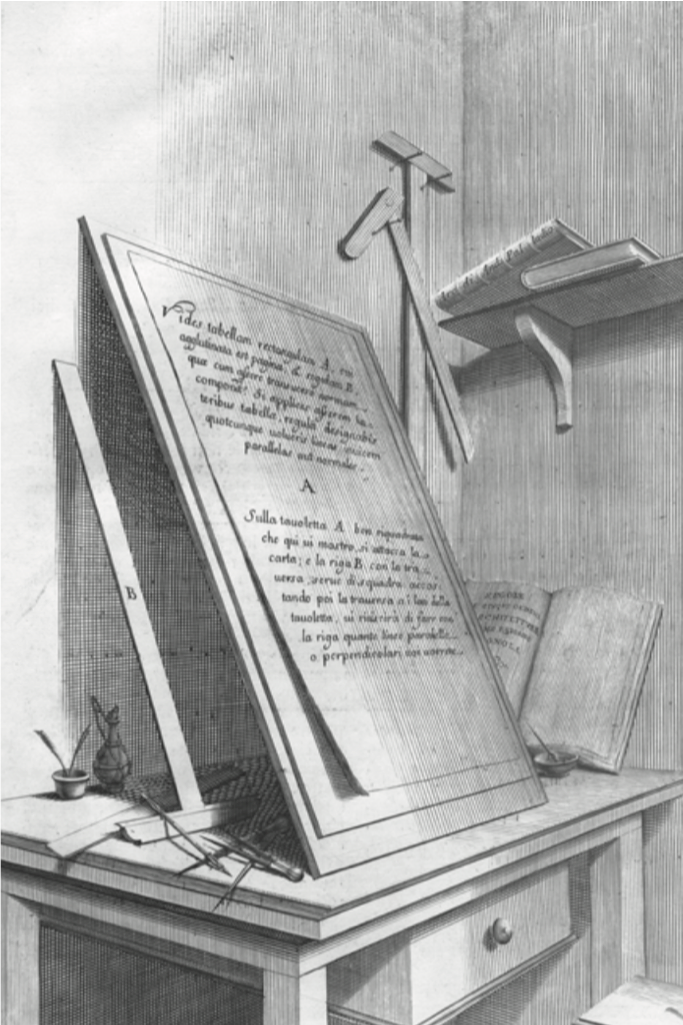
A Global History of Architectural Representations
Lectures (6)
Loading Accordion Items...The Overview
This series of lectures focuses on architectural models and drawings. These representations engender much more than the buildings they may show. They have their own history and development, and they impinge on and reveal broader concerns about how we see the world, how we understand the world, how we communicate ideas in the world, and how we represent and embody those imaginaries.
These lectures consider the global history of architectural representations from prehistory to the present. It is developed as a 6-course unit from which sections or entire lectures can be used for lectures where architectural representations are key. Many of the lecture are too long for an hour-long course and those using them will have to cut out what they feel least applicable to their courses at the time.
Lectures are divided roughly chronologically. They cover a number of issues about the uses of architectural representations. The goal is for architectural drawings and representations to be understood as at least as fertile an area of exploration as buildings themselves within a global history.
At the same time that these units are meant to contribute to the goals of creating global history, they are also meant to challenge it. Each lecture addresses what it might mean to write a global history of representations in a different way. The first is a chronological study that relies heavily on mapping the places in the world where models have been found. The second lecture is thematic and moves around the world in order to address a number of important themes in the history of architectural model making. The third lecture is a combination of the two. The fourth lecture focuses on material technologies, their dissemination, and their influence on architectural drawing and thinking. The fifth is a more focused study of one form of representation and its development and subsequent spread from Europe to China, Japan, and Korea and how this exchange in turn influenced Europe. The sixth lecture focuses on the influence of international networks on architectural representations and how these networks impact what drawings are. While it primarily focuses on the US and Western Europe, it provides an example of how other international networks might be mapped and the things that can be gained by looking at them. Overall, the lectures combine to produce an in depth story and history of architectural representations scope, spread, and trajectories around the world.


